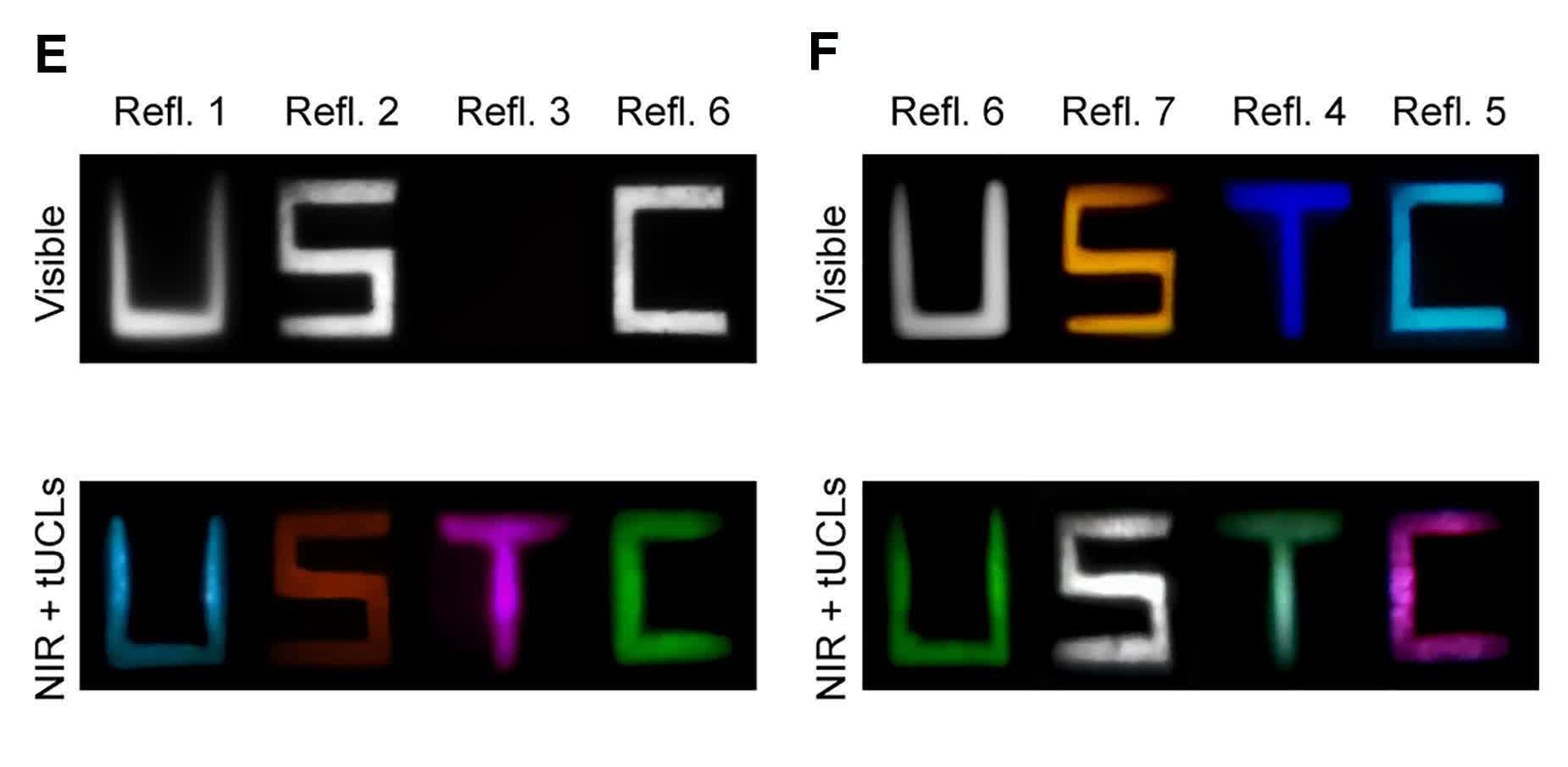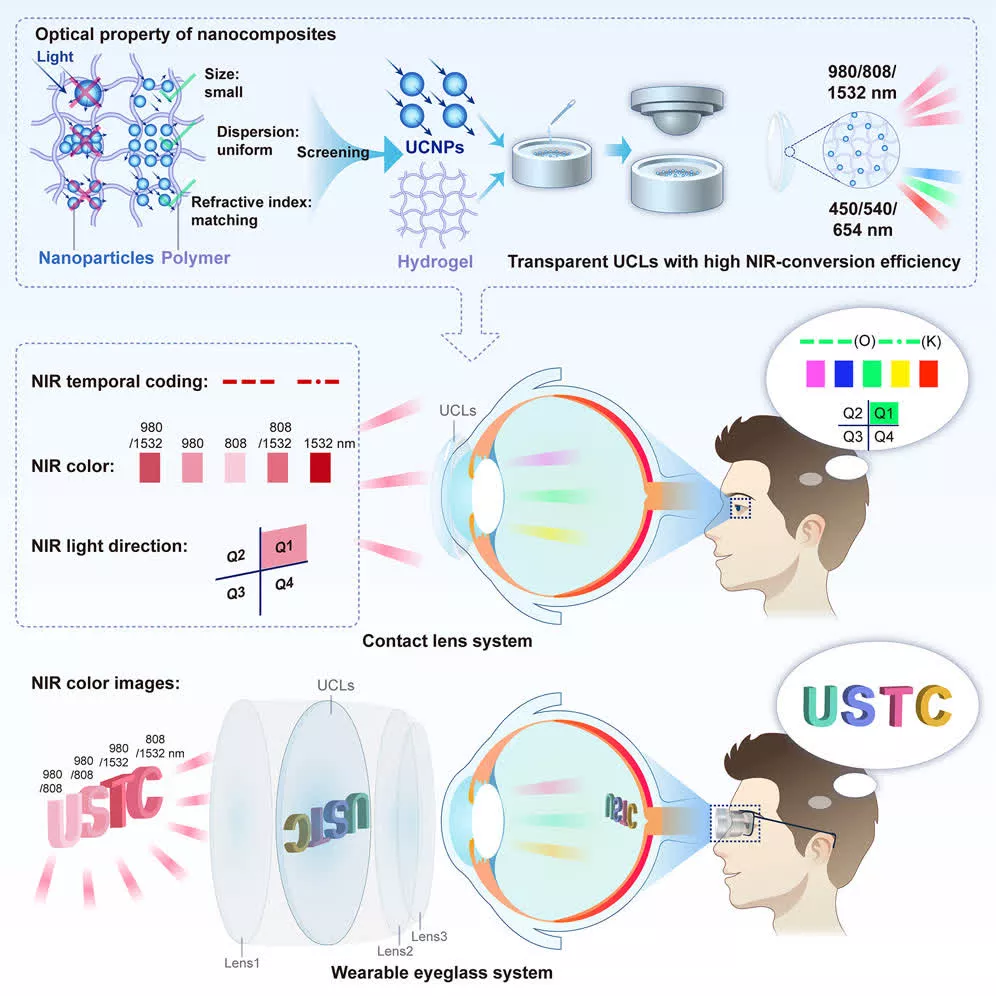Forward-looking: Traditionally, night vision is linked to bulky goggles offering only monochromatic images, but recent studies propose that this technology could be made small enough for everyday eyewear. Innovative uses of thin, lightweight filters may enable individuals to perceive both infrared and visible light at the same time.
Contact lenses and eyeglasses may one day allow people to see beyond the normal visible light spectrum. Eyewear featuring this groundbreaking technology promises to enhance visibility in challenging environments and introduce new methods of conveying information.
Researchers at the University of Science and Technology of China are creating contact lenses capable of allowing both mice and humans to see infrared light in various colors.
These lenses differ from conventional night vision goggles as they don’t require an external power source. They are also transparent, thereby allowing the wearers to utilize both natural and infrared vision without obstruction.
In the image above, the lenses alter the appearance of letters under near-infrared light (bottom) in comparison to visible light (top), successfully revealing a previously hidden character. In another experiment, mirrors that seemed monochromatic under visible light became vibrant in near-infrared, while those showing color in visible light altered hues when subjected to NIR.
The study, published in Cell, explores how upconversion nanoparticles convert near-infrared light, just outside the visible spectrum, into visible red, green, and blue light. Test subjects using the lenses could detect colors previously invisible to them and perceive near-infrared light beams.
While the most apparent application is night vision, this technology also promises to improve visibility in foggy or dusty conditions. Smart devices could leverage this to assist during emergencies, and users could receive information transmitted through infrared light. Additionally, the technology may provide substantial benefits to those with color blindness.
Although the trial lenses haven’t yet achieved sharp infrared imaging, specially designed eyeglasses incorporating this technology can improve picture quality, and the development of nanoparticles is ongoing. Interestingly, wearing these lenses enables the perception of near-infrared light even with closed eyelids, as infrared light can penetrate eyelids more effectively than visible light, thus clarifying near-infrared information.
This study relates to a paper published last year by Australian researchers, who employed metasurface-based upconversion technology to demonstrate eyeglasses that seamlessly merge infrared and visible light. Their objective is to create thinner, lighter, and more practical night vision solutions. Ongoing inquiry aims to broaden access to a wider range of the infrared spectrum.

